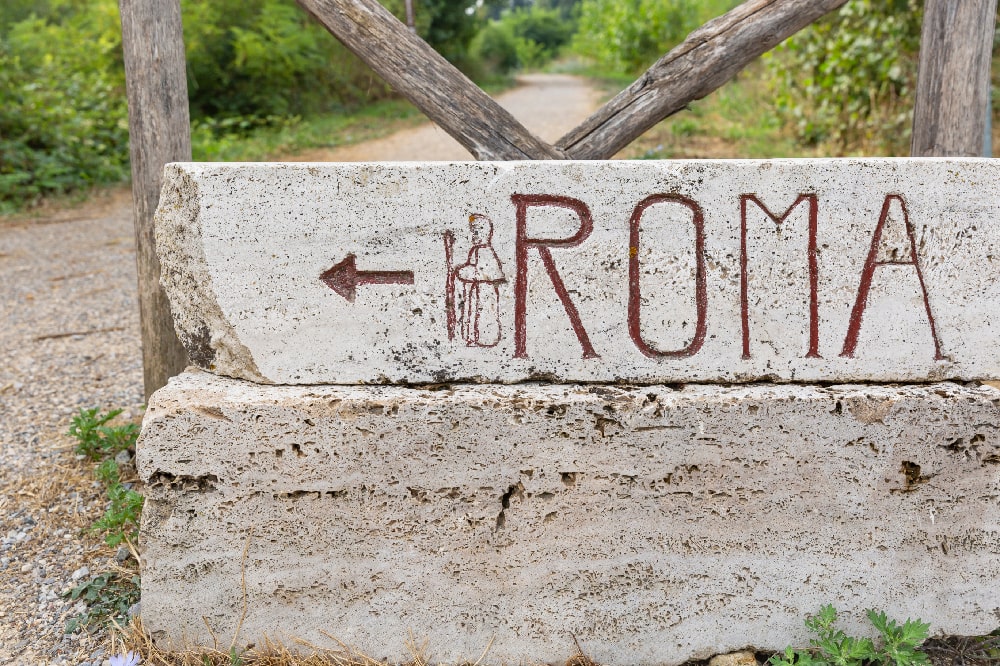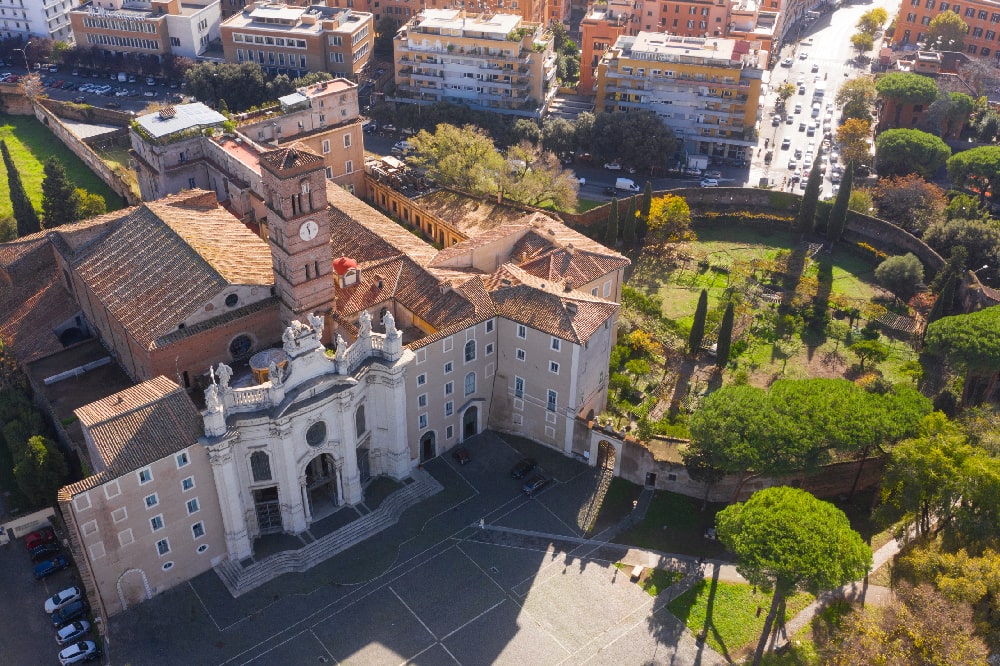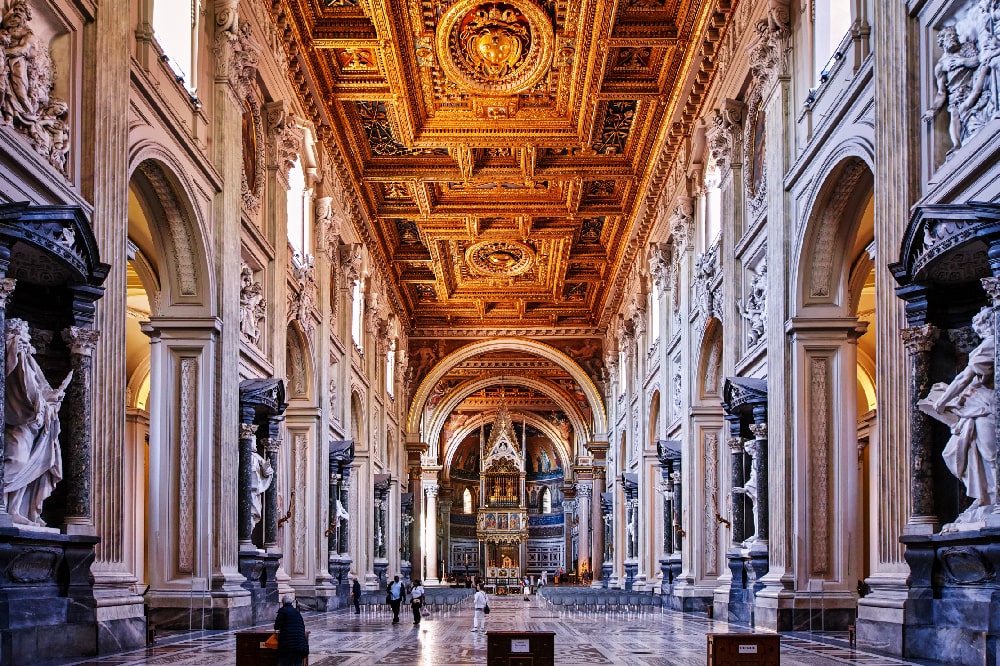On 21 September, Saint Matthew is celebrated evangelist, apostle and martyr. Who was he and how did he become an apostle?
Saint Matthew the Evangelist is considered the author of one of the four canonical Gospels, namely the Gospels recognised by the Christian religion. In particular, his Gospel is called, together with those of Mark and Luke, also the “Synoptic” Gospel. If we take the texts of the three synoptic Gospels and put them on three parallel columns, we will notice many similarities in the narration of the Gospel episodes, sometimes even the same phrases and the same words.
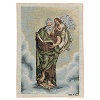
But who was this man so close to Jesus that he could make himself the herald of His message of salvation and His Word?
Saint Matthew the Evangelist is considered the patron saint of bankers, accountants, customs officers, accountants and the finance guard. These curious patrons derive from his life prior to Jesus’ call, from the trade he practised before becoming one of the twelve apostles. In fact, Saint Matthew was what in his time was called a publican, or a tax collector. In Jewish society, handling Roman money was considered a grave sin. To overcome this problem, the tax collectors advanced the tax money to the imperial officials sent for this purpose, and then demanded tribute from the people. This made them very hated usurers, and also sinners despised by all because by touching the gold of the Romans, on which the effigy of the Emperor was imprinted, they became in a certain sense idolaters.
So Matthew was a tax collector, and he lived in Capernaum, an ancient city of Galilee, located on the northwestern shores of Lake Tiberias, in Israel, where Jesus lived after leaving Nazareth. Not much is known about him, the biographical information is very scarce. What we know dates back to after the encounter that would have changed his life: that with Jesus.
Saint Matthew the Apostle
The Gospels of Mark and Luke recount the encounter between Jesus and a publican.
And passing by, he saw Levi the [son] of Alphaeus sitting at the tax office, and says to him, Follow me. And he rose up and followed him. And he arose, and followed him. (Mark 2,14)
After this he went out and saw a tax collector named Levi sitting at the tax office, and said to him, “Follow me.” (Luke 5:27)
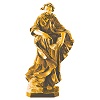
But behold, in the same episode recounted in the Gospel of Saint Matthew we read: Going from there, Jesus saw a man sitting at the tax office, named Matthew, and said to him, “Follow me.” And he arose and followed him. (Matthew 9:9)
It is plausible that Levi and Matteo are actually the same person. Probably, when he received from Jesus the call to become an apostle, the tax collector Levi changed his name, as did Simon, who became Peter, and Saul, who became Paul. The meaning of the name Matthew, which means Gift of God, only supports this hypothesis.
It was enough for Jesus to completely change the life of a man accustomed to being oblivious to his fellow men, forced by circumstances to an odious job. It was enough to follow me, perhaps accompanied by a smile, by an outstretched hand, and the whole life of Levi/Matthew no longer had any value, any meaning. Without a word, he rose from his desk and followed the extraordinary man, only because he had asked him to do so.
From that moment Matthew became to all intents and purposes one of the twelve apostles. As such he is quoted in Acts (1,13) after Jesus’ Ascension into heaven. He also participated with them in the election of Matthias, chosen to replace Judas Iscariot, and in the descent of the Holy Spirit on the crowd on the day of Pentecost.

Pentecost: the day when we celebrate the Holy Spirit and the birth of the Church
Pentecost is perhaps, after Easter, one of the most important …
Later, like all the other apostles, he departed and began to spread the Good News first in Palestine, then everywhere his steps and his fervour could lead him.
Although some traditions claim that he died a natural death, the Church venerates him as a martyr.
Martyrdom of Saint Matthew
According to the Golden Legend of Jacopo da Varagine, Saint Matthew the Evangelist travelled through Ethiopia and succeeded in converting the Egyptian king after miraculously resurrecting his daughter Iphigenia. Precisely because of this miracle, and the consequent promise to protect the virtue of the girl, who had consecrated herself to the Lord, from the sights of her uncle Irtaco, who wanted to marry her, Saint Matthew would meet death while celebrating Mass. It would have been an assassin sent by Irtaco to pierce him with the sword by order of the avenging king.
Among the various representations of sacred art that have told the death of the Saint one of the most famous and evocative is certainly The Martyrdom of Saint Matthew painted by Caravaggio. It is a wonderful oil painting on canvas made between 1600 and 1601 by the artist commissioned by the Contarelli family. It can be admired in the Chapel that bears its name in the church of San Luigi dei Francesi in Rome.
The martyrdom of Saint Matthew can be considered to all intents and purposes a work of the artistic maturity of Caravaggio. In fact, it recurs many of the distinctive characteristics of the master, from the use of light, coming from an external source, which barely illuminates the scene otherwise wrapped in darkness, in the presence of many characters, some barely visible. Although Caravaggio had proposed different scenes, to tell the story of the martyrdom of Saint Matthew, in the end, what he proposed was the representation of the saint at the foot of the altar on which he was celebrating Mass, while the soldier sent by the king of Ethiopia to assassinate him rules over him. The soldier’s mouth is ajar, his face turned upside down by the murderous rage. The saint stretches out his hand to heaven, where an angel glances through the clouds offering him the palm of martyrdom. The other figures represent those who were attending the mass, now frightened and unable to react to the violence.
Also in the Contarelli Chapel, in the church of San Luigi dei Francesi in Rome, there is another splendid painting by Caravaggio dedicated to Saint Matthew the Evangelist: The Vocation of Saint Matthew. The painting refers to the call of Matthew by Jesus (Matthew 9:9-13) and depicts Saint Matthew sitting at a table with a group of people, in a tavern scene, and Jesus calling him with an outstretched hand.
Finally, to conclude the cycle dedicated to Saint Matthew, Caravaggio was called to paint the central altarpiece depicting Saint Matthew and the Angel, to be placed above the altar of the Chapel. In this painting, Saint Matthew is depicted with an angel behind him, intent on writing the Gospel, while the heavenly messenger suggests the words.
Saint Matthew the Evangelist
The Gospel of Matthew is the subject of controversy. Although it has been attributed to Saint Matthew, Bible studies from the eighteenth century onwards have questioned that it was the apostle of Jesus who wrote it. One thinks more of an anonymous Christian author who could have written it towards the end of the first century, relying largely on the Gospel according to Mark, as well as on the so-called source Q. The source Q is a collection of sayings of Jesus that would have provided the narrative basis for all the synoptic Gospels.
Another school of thought wants the Gospel of Matthew to be the first to be written and to provide the inspiration for the Gospels of Mark and Luke.
Finally, the fact that of all the Gospels that of Matthew is the closest to Judaism, both for the attention to Jewish culture and for the will to reiterate how Jesus embodied the fulfilment of Jewish prophecies, has insinuated the doubt that the author of the Gospel of Matthew was a Christian Jew. In fact, we can say that in many respects the Gospel of Matthew is a bridge between the Jewish and Christian Scriptures. Jesus is fully identified with you as the Messiah and King of the Kingdom of Heaven that God has promised to the chosen people.
Beyond doubts about its attribution, the Gospel according to Matthew is the longest of the Gospels. It is composed of twenty-eight chapters, against the twenty-four of Luke, the twenty-one of John and the sixteen of Mark.
It recounts the birth of Jesus and His childhood, with particular relevance to episodes such as the flight into Egypt and the massacre of the innocent; His preaching and His mission among men, in addition to five speeches on the Kingdom of Heaven; and finally His death and resurrection.
The teachings of Jesus are handed down in the form of sermons, parables and instructions. These teachings are understood as necessary to become followers of Jesus and therefore worthy of the kingdom He will bring to the earth.
In particular, Saint Matthew dwells on the teaching of love, that eleventh commandment that can be summarised in these statements of Jesus:
- The golden rule: “Whatever you want men to do to you, do it to them: this is the Law and the Prophets.” (Matthew 7:12);
- The double commandment of love: “Thou shalt love the Lord thy God with all thy heart, and with all thy soul, and with all thy mind. This is the first and greatest commandment. And the second is like unto the first: Thou shalt love thy neighbour as thyself”(Matthew 22:37-39);
- The triad on the decisive part of the law: “Woe to you, scribes and Pharisees, hypocrites, who pay the tithes of mint, dill and cumin, and transgress the most serious prescriptions of the law: justice, mercy and faithfulness. These things had to be practised, without omitting those.” (Matthew 23:23);
- The six works of mercy: “Because I was hungry and you gave me food, I was thirsty and you gave me drink; I was a stranger and you welcomed me, naked and you clothed me, sick and you visited me, imprisoned and you came to visit me.” (Matthew 25:35-36).
The Discourses of Jesus also occupy a primary role in the Gospel of Saint Matthew, as confirmation of the prophecies of the Old Testament: the discourse of the mountain (chapters 5-7); the discourse of the mission (chapter 10); the parables of the Kingdom of Heaven (chapter 13); the ecclesial or community discourse (chapter 18); the discourse on the coming of the Son of Man (chapters 24-25).
The Gospel of Saint Matthew is also the one that gives greater space to the mission that Jesus entrusts to Peter, to found the Church and make it the instrument of spreading His Word.
The rhythmic and poetic prose have made the Gospel according to Matthew from the beginning a pleasant and easy-to-read reading, compared to the other synoptic Gospels.

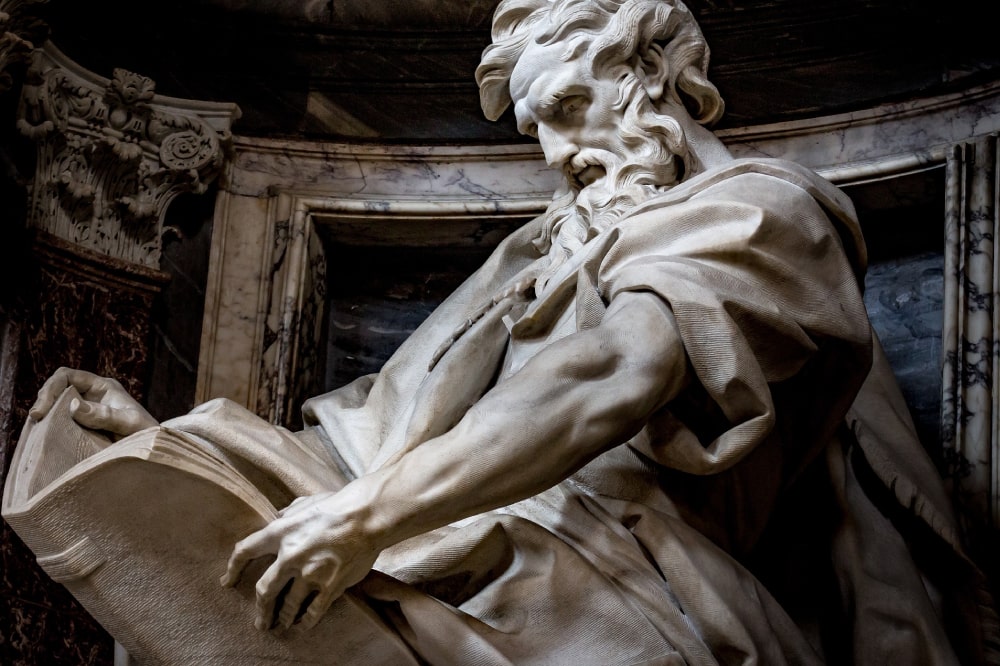
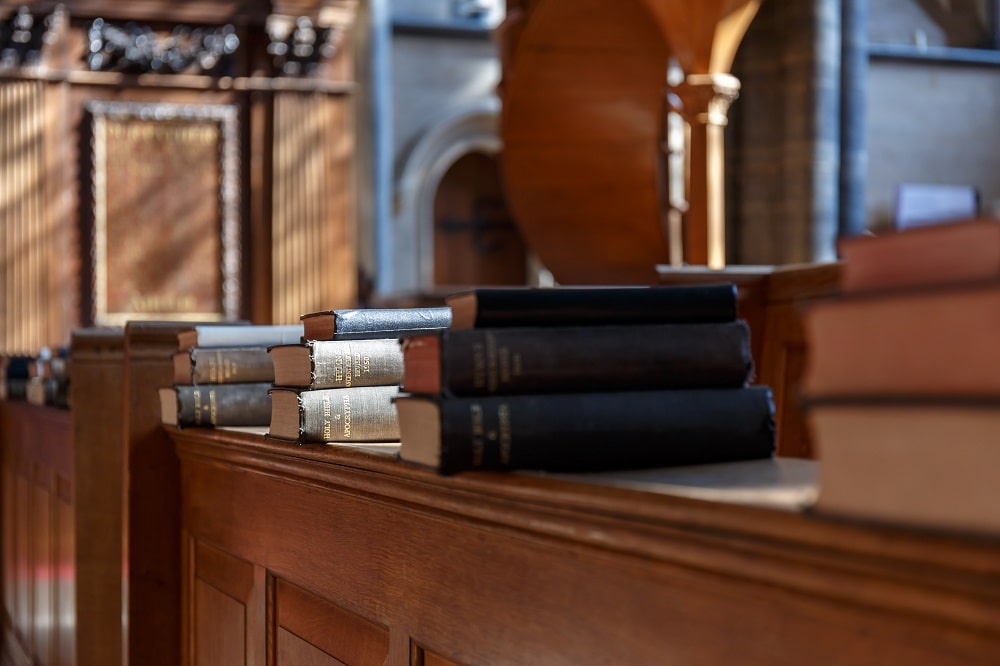

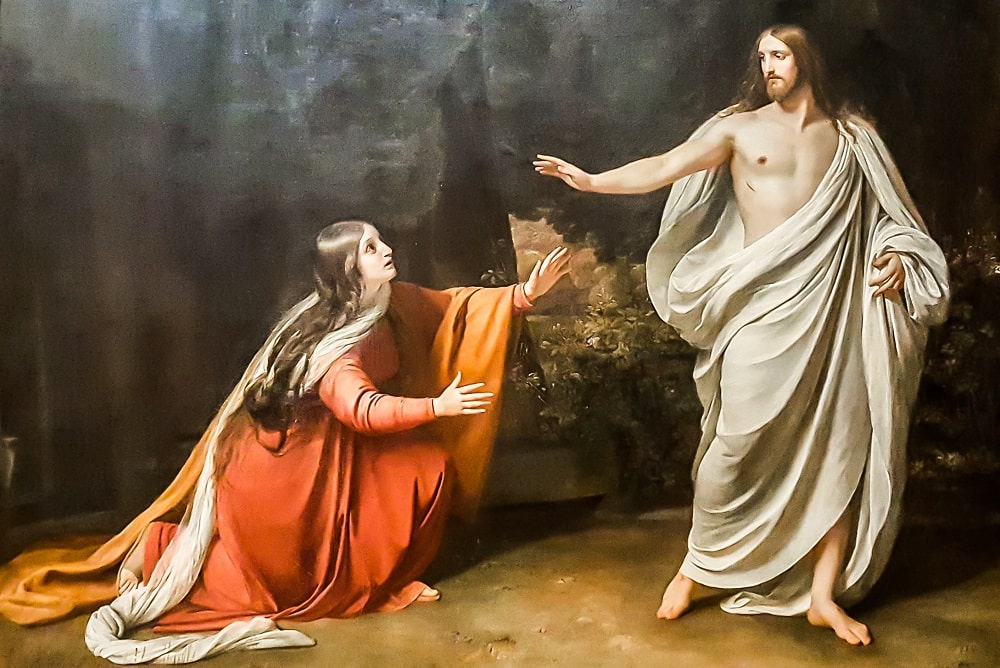
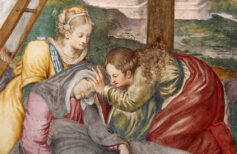
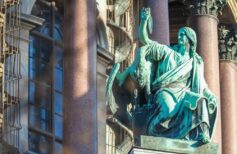
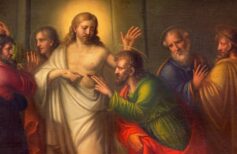
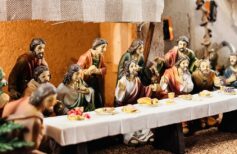
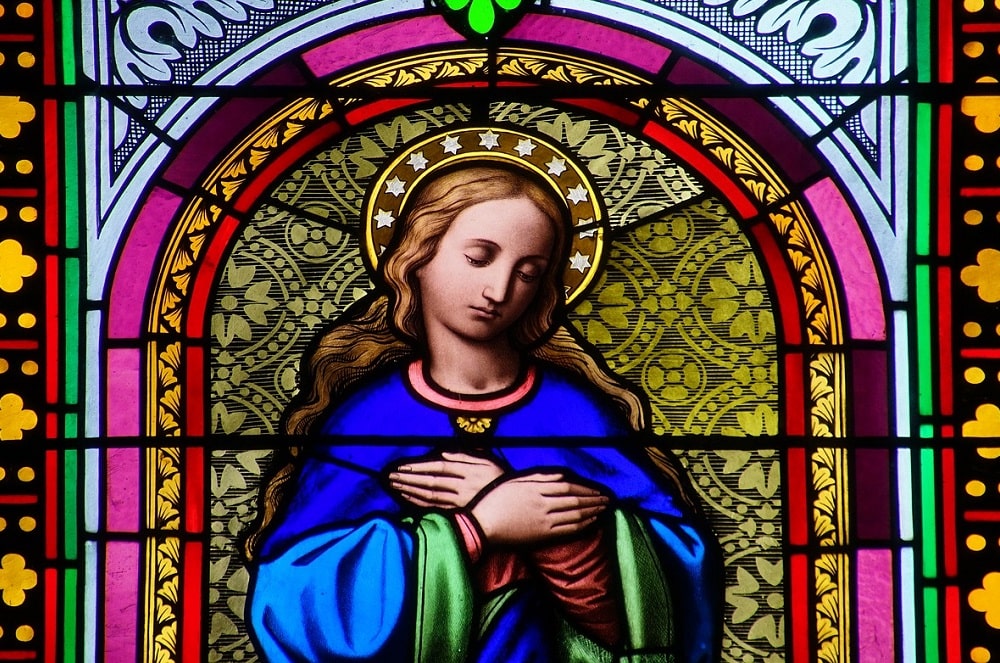
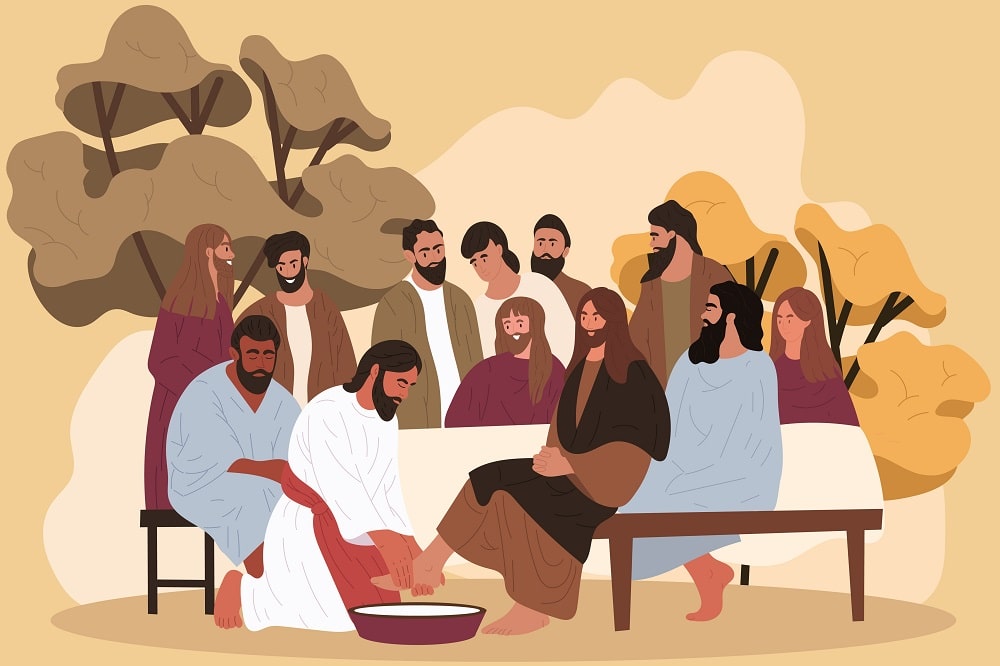






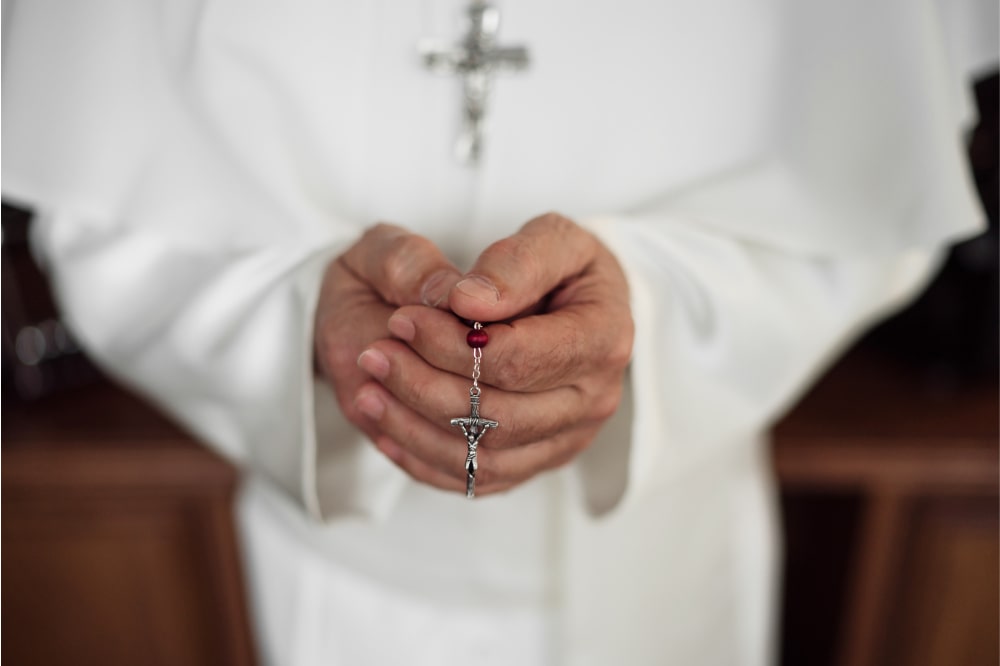
 5 June 2024
5 June 2024
